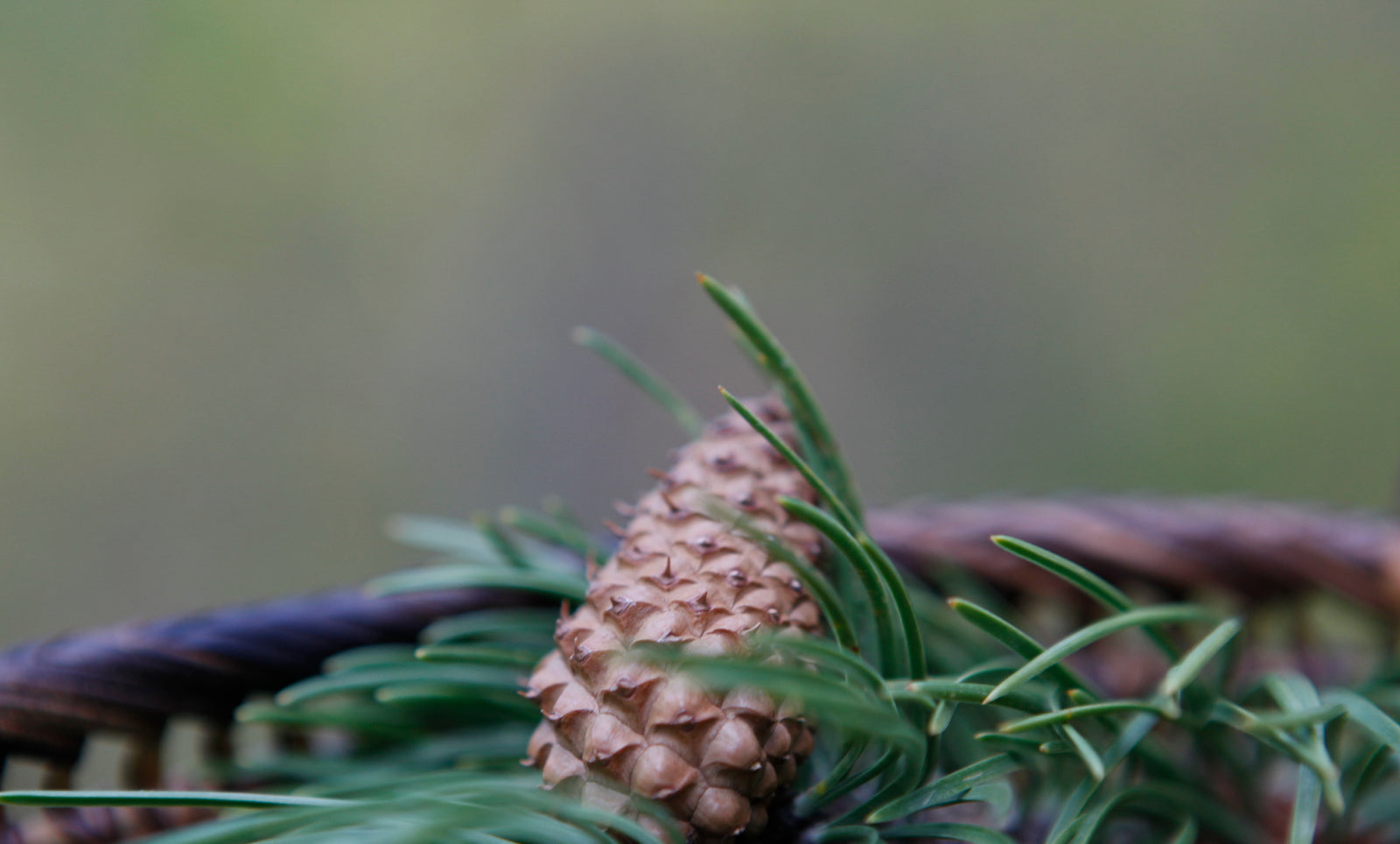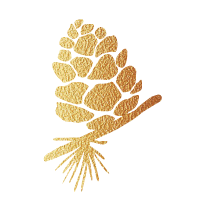Your Cart is Empty
Shipping is always free to the continental US.
Shipping is always free to the continental US.

How To Make Pine Needle Tea
September 15, 2020 3 min read
You remember going outside, right? We did that before quarantine. You may recall seeing lots of pine trees out there. But did you know that they have health benefits for humans? And they'll sweetly lend those benefits at tea time - all year round.
Pine needle tea is easy to make and rich in vitamin C and antioxidants. This is particularly helpful as many of us in the west breath in wild fire smoke during summer and fall. Pine needles also contain vitamin A, which together with vitamin C is known to improve vision. The needles are also considered antibacterial, antimicrobial, anti-inflammatory, as well as detoxifying. Plus - they're everywhere you look! You just need to known how to identify those trees that are not actually pines, but pose as if they are. These are yew trees, (or English yew), with flat needles and red berries. And they're poison. Also toxic are the Norfolk Island Pine (toxic for pets, not people), and Ponderosa Pine. But do your research and you'll be able to easily avoid these. Also, don't drink pine needle tea if you're pregnant or nursing. Studies in pregnant cows have shown toxicity. It hasn't been proven on humans, but probably best not to become the test case.
When to make it: all year round, but the vitamin C is an especially valuable boost in colder months.
Ingredients:
2 Tablespoons of chopped pine needles
1-2 Cups of boiled water
Juice squeezed from about a quarter to half of a lemon
1 Tablespoon of honey (or as much as you like in your tea)
1 tea mug with a lid for steeping (a piece of tin foil can also be a lid)
Step 1) Gather your pine needles
The eastern white pine is highly regarded for making a flavorful tea. But we make ours from the abundantly found lodgepole pine, which grows right outside our front door. The lodgepole pine is especially easy to identify because of these traits:
• needles grow together in clusters of 2, or sometimes 3
• needles turn a golden brown in fall. the tree isn't dying, just shedding
• they grow WAY TALL, and may not have branches closer to the ground; high and narrow, they've logically earned the name, "lodgepole"
It's okay to gather needles from clusters likely dropped by squirrels while they pulled the tender pine cones to eat. It's also quite easy to break off small branches in order to pluck pine needles. The needles you pluck right off the branch will be fresher.
Step 2) Wash the pine needles. Set the needles in a colander and give them a good rinse, rubbing with your fingers - to remove any little bugs, as well as stickiness.
Step 3) Slide the ends that attach to the branches off with a firm tug.
(Then toss the ends into your compost bucket, or just back outside.)

Step 4) Chop 2 Tablespoons-worth of pine needles. One slice across
should be enough to fit them into the tea strainer. Place them in there.
Step 5) Boil enough water for the size cup of tea you want. We make large mugs of tea - about 12 ounces (or about 350 ml).
Step 6) Pour boiled water over the tea strainer into the tea cup or mug. Put the lid on top while the pine needles steep. This is so the nutritional properties won't evaporate out. Leave it for 10-15 minutes (or longer, if desired.)

Step 7) If you wish to up the flavor, squeeze in lemon juice and dribble in honey, to taste. It embellishes the pine needles' subtle kick.

Step 8) Enjoy every sip!
*All photos are our own, and not in public domain. Please request permission for any use. Thank you!*
Subscribe
Sign up to get the latest on sales, new releases and more …

EMAIL SUBSCRIBERS GET EXCLUSIVE ACCESS TO SALES
+ FREE SHIPPING on all orders in the US
❤️ SIGN UP - WE'LL TREAT YOU LIKE A FRIEND ❤️
